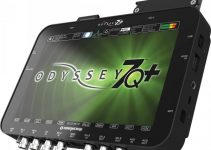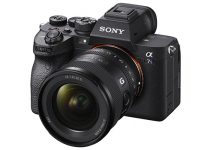Over a century of filmmaking and there has never been just one film format. Nowadays this translates into sensor size and even still there are a ton of different options and beyond that you can even select to use different ratios when you actually hit record. But does it really matter?
Answering that question is actually a lot easier than it seems considering all the debate around it. Simply put, yes it does matter but not in any way that would prevent someone from making a good film. If you want a more detailed breakdown of the various formats there is a great piece from In Depth Cine on the subject.
Common Formats
There is a near endless assortment of different film formats and sensor sizes ranging from anywhere from 1/3” to a 70x52mm IMAX film. To keep things easier they are sticking with the five most common:
- Super 16
- Super 35
- Large-Format/Full-Frame
- 65mm
- IMAX
Super 16
Measuring around 7.4×12.5mm, Super 16 is the smallest most commonly used film stock for productions. It is popular among amateurs and even some low-budget professional productions because it is cheaper to shoot.
Now Super 16 is chosen because of its distinct look. It has a lower resolution and very prominent grain.
Some modern digital cameras have a sensor area similar to Super 16, such as the original Blackmagic Pocket Cinema Camera, or have a crop mode with a lower resolution.
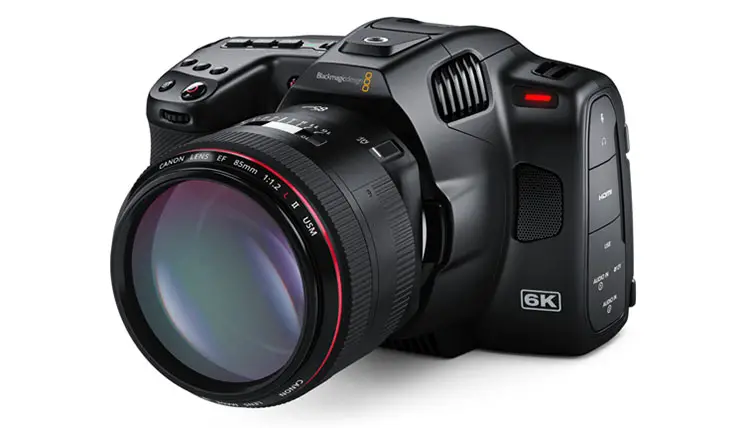
Image Credit: Blackmagic Design
Super 35
The most common is Super 35 and measures around 21.9×18.6mm. It generally stuck with the same width, though the height could be dependent on each production and the lenses used.
A vast majority of digital cinema cameras replicate the Super 35 size. Most cinema lenses are designed to cover this format.
Large-Format/Full-Frame
This is an old format for still photography but has been gaining in popularity in digital over the past decade. Large-format or full-frame imaging systems use the same sensor sensor as a traditional 35mm stills camera.
Full-frame sensors are around the same size as 8-perf Vista Vision film stock. This is around 36x24mm. Many modern cameras are using this format, including the ARRI ALEXA LF, Sony VENICE, and Canon C700 FF.
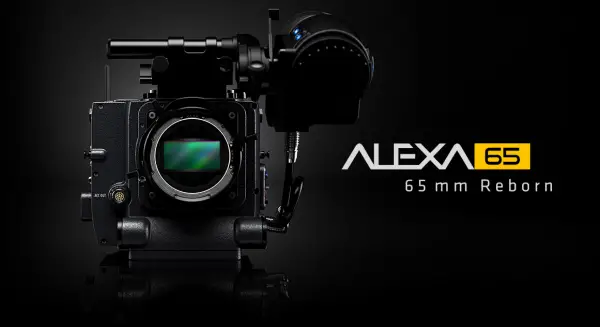
Image Credit: ARRI
65mm
Now we are getting into very large formats. 65mm used 65mm film and is 3.5x as large as Super 35 with a much wider 2.2:1 aspect ratio. The ALEXA 65 has a digital sensor that matches this size.
IMAX
IMAX film is easily the largest commercially used size. It requires specialized equipment and is extraordinarily expensive to use. It is 15-perf measuring 70.4×52.6mm.
Recently there has been an increase in usage among some large-budget productions. And we all know that Christopher Nolan is a fan.
The Effects of Sensor Size
What film format or sensor size is selected will have an impact on your resulting imagery. These are the main effects:
- Field of View
- Lenses
- Depth of Field
- Grain
Field of View
Among the most noticeable is the change in field of view. If you were to put a 35mm lens on every single format you would get a progressively wider image as the film/sensor gets larger.
This can impact the ability to capture different perspectives. Larger formats can realize wider frames and usually get closer while still capturing a lot of the image.
Lenses
Field of view is closely related to lens selection. Different formats have their own set of lenses available. Specifically, you’ll have and want a different set of focal lengths.
Smaller formats will tend to use much wider focal lengths than larger formats to get the same field of view.
For example, to match the perspective of a 35mm lens on Super 35 you would need to use a 17.5mm lens on Super 16 or a 50mm lens on Full-Frame.
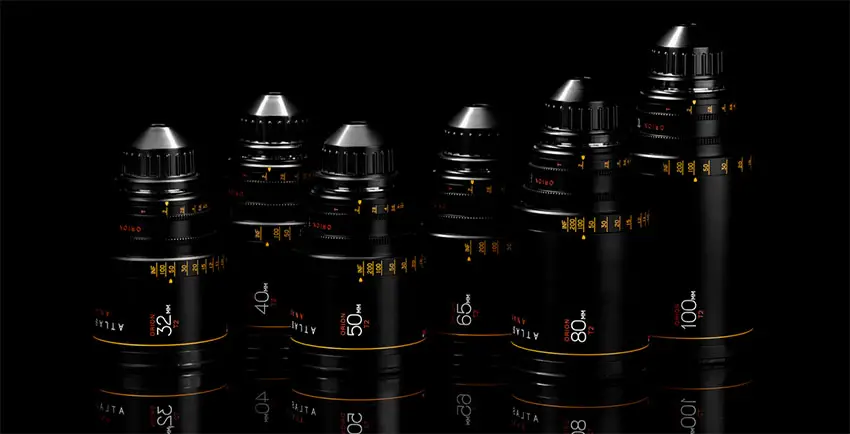
Depth of Field
As focal lengths and distance to subject play a role in depth of field, this is a resulting impact on your image. Generally, it is easier for longer focal lengths used on larger formats to create an image with a shallow depth of field.
It certainly isn’t impossible to do this on smaller formats, but it is easier to do with large format while still creating an image with a wider field of view and a greater feeling of depth.
This is a bit more difficult to manage as you will have to be more precise with your focus pulls. Smaller formats can be beneficial in this regard as they are more forgiving and might be better for run-and-gun shooting or smaller crews.
Grain
More specific to film is the look of grain with different formats. Smaller formats when projected large would show much larger grain. Larger formats tended to hide the grain as it would appear much finer.
Grain is a personal preference and some people want the texture while others prefer a clean image.
Does Sensor Size Matter?
The short answer is yes. But you can’t go wrong with one over another. Understanding the differences can help you make an informed decision about how to proceed with your next project.
You’ll want to balance the needs of the project with the type of image you want to create.
[source: In Depth Cine]
Disclaimer: As an Amazon Associate partner and participant in B&H and Adorama Affiliate programmes, we earn a small comission from each purchase made through the affiliate links listed above at no additional cost to you.
Claim your copy of DAVINCI RESOLVE - SIMPLIFIED COURSE with 50% off! Get Instant Access!



